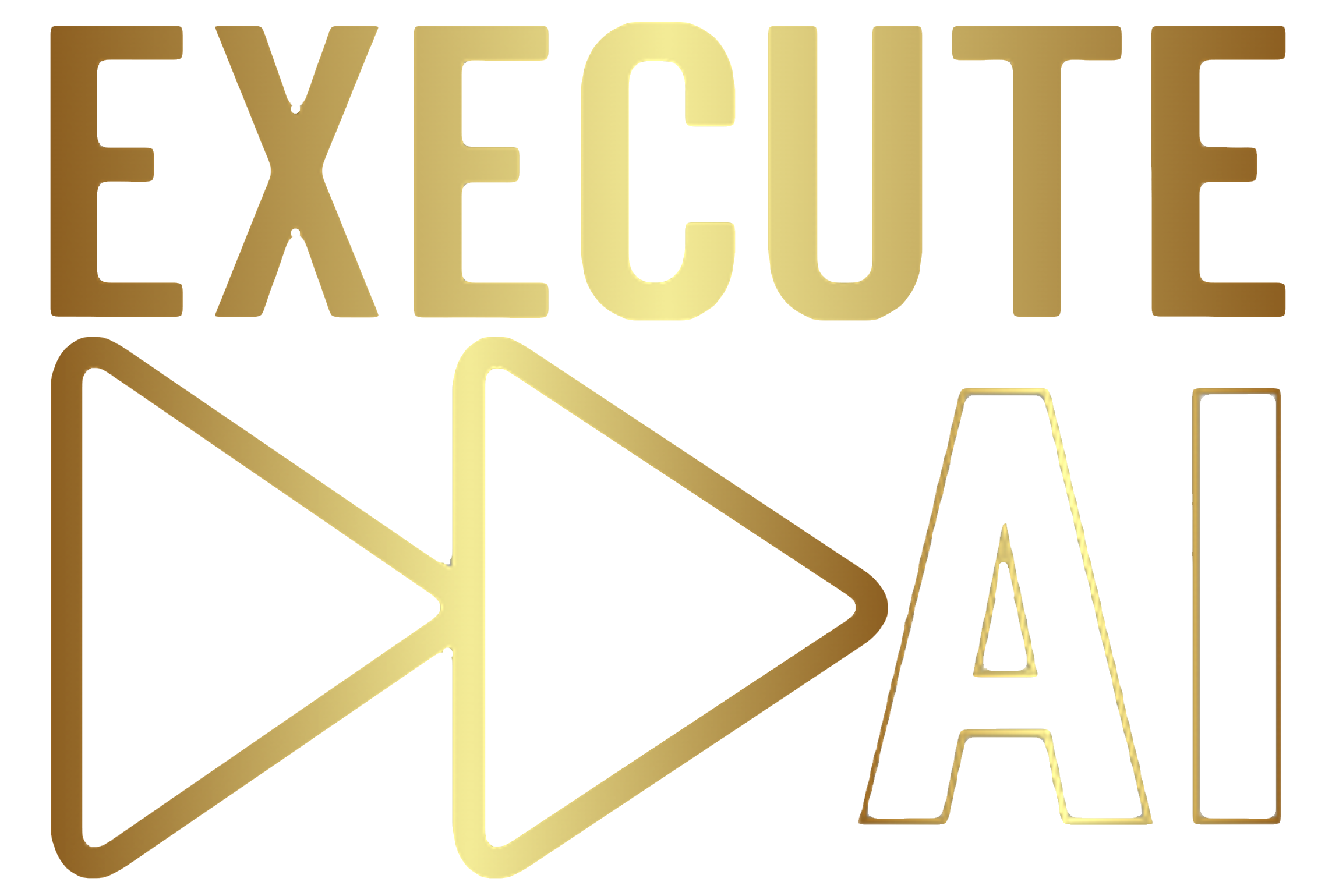VITA: Breathing Life into Visuomotor Control with a Vision-to-Action Flow Matching Policy
A Fresh Perspective on Visuomotor Control
In the realm of robotics and AI, enabling machines to perceive and interact with the world as seamlessly as humans do remains a grand challenge. Traditional approaches to visuomotor control, the process of translating visual input into actions, often involve complex pipelines and computationally expensive modules. Enter VITA (Vision-to-Action flow matching policy), a novel approach that promises a more streamlined and efficient way to bridge the gap between seeing and doing.
Flow Matching: From Gaussian Noise to Latent Images
Conventional flow matching and diffusion policies typically rely on sampling from standard Gaussian distributions and require extra mechanisms like cross-attention to link visual information to action generation. This adds complexity and computational overhead. VITA, however, takes a delightfully different approach. It uses latent representations of images as the source for the flow, directly learning the mapping from vision to action. Think of it as teaching the machine to see the world and instinctively know what to do, rather than having to painstakingly reason it out.
Bridging the Gap Between Vision and Action
One of the key hurdles in visuomotor control is the inherent difference between visual and action data. Visual data is rich and high-dimensional, while action data is often sparse and lacks clear structure. Furthermore, there’s a dimensional mismatch: how do you translate a complex visual scene into a concise set of actions? VITA tackles this challenge by creating a structured latent space for actions using an autoencoder, effectively upsampling the raw action data to match the dimensions of the visual representations. It’s a bit like translating a Shakespearean sonnet into a limerick – you need to find a way to capture the essence while working within a more constrained format.
The Magic of End-to-End Learning
Another ingenious aspect of VITA is its use of end-to-end learning. The flow matching process is supervised using both the encoder targets and the final action outputs. This allows the system to learn by backpropagating the action reconstruction loss through the sequential flow matching steps, ensuring that the entire process is optimized for accurate and efficient action generation. Imagine trying to teach someone to bake a cake by only showing them the finished product – it wouldn’t work very well. VITA, on the other hand, gets to see the entire recipe, from ingredients to frosting, allowing for a much more effective learning process.
VITA in Action: ALOHA and Beyond
VITA’s performance was evaluated on the ALOHA platform, a benchmark for bi-manual manipulation tasks. Impressively, VITA, implemented using simple MLP layers, outperformed or matched state-of-the-art generative policies while also significantly reducing inference latency. This suggests that VITA’s elegant simplicity might be its secret weapon, proving that sometimes, less is more (or at least, much faster). Looking ahead, VITA opens up exciting new avenues for visuomotor control in robotics, potentially leading to more agile, responsive, and human-like robots.

